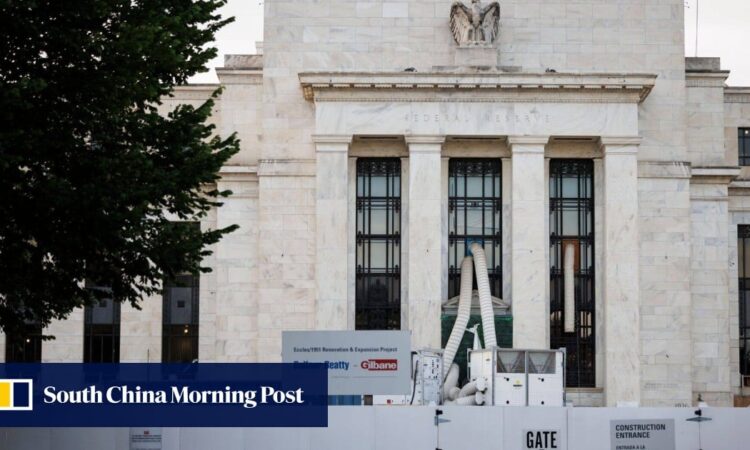China’s yuan, central bank performing well under stress, but US Fed rates adding to pressures

Prolonged high interest rates in the United States could introduce uncertainty to the monetary policy outlook of emerging economies, the world’s “bank for central banks” said, pointing to rising pressures on Asian currencies and capital outflows.
“In general, central banks around the world have so far done a very good job containing inflation. But the job is not finished yet,” said Zhang Tao, chief representative of the BIS office for Asia and the Pacific.
“If interest rates stay higher and [the US dollar] remains stronger, whether the system can continue to face the pressures remains to be seen,” he said.
Zhang said that since the Asian financial crisis of 1997, central banks have adopted either flexible or inflexible inflation targeting regimes, supported by flexible foreign exchange rates.
As such, the fundamentals of emerging economies are better than they were during that trying period, he said.
“One of the lessons from the past is that policy measures need safety margins and to work effectively within the boundaries of stability,” Zhang said. “For example, the impact of the prolonged period of lower interest rates before Covid-19 has brought to light limitations and side effects. When pressure is felt, there’s a question as to whether policies remain as effective as they were supposed to be.”
The yuan is facing its highest level of capital outflow in eight years, according to research released last week by French investment bank Natixis. The bank estimated China’s trailing 12-month net capital outflows stood at US$139 billion as of May 2024, the worst year for the figure since the period from 2016 to 2017.
The BIS report estimated that the combination of falling prices in China and a depreciating currency caused the yuan’s real value to depreciate by 13 per cent between early 2022 and early 2024.
“The depreciation of the Chinese yuan against many other currencies further boosted China’s competitiveness, amplifying the impact of China’s domestic disinflation on export volumes,” the BIS said.
Producer prices have also fallen, the BIS said, with falling prices for China’s exports – as well as the impact of weaker domestic demand on commodity prices – estimated to have reduced the annual rate of import price increases in other major economies by an average of 5 percentage points over 2023, the BIS said.
The correlation between declining prices in China and lower import prices was stronger in countries where Chinese exports made up a larger share of total inflows, such as Australia, Brazil and India.
The BIS cited other studies which estimated that a 5.8 percentage point decrease in import prices would eventually translate into a lower average CPI inflation rate to the tune of 1.5 percentage points, although there will be significant variation across countries.

